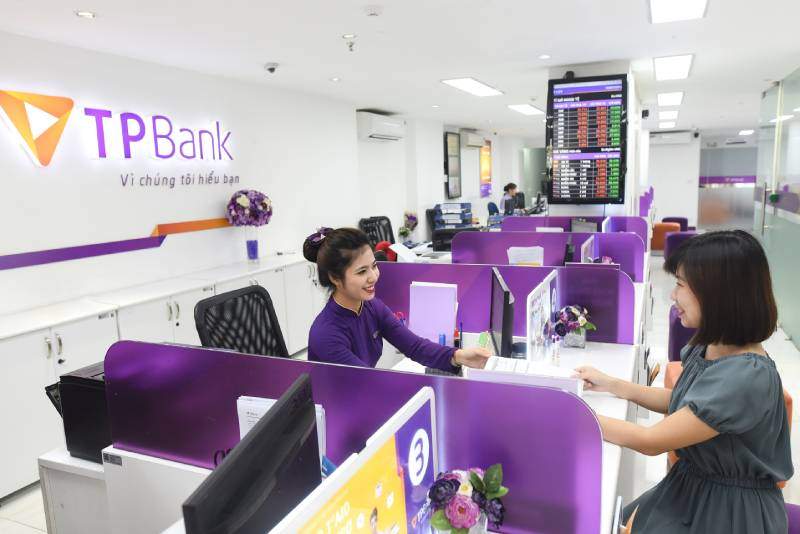Before signing an unsecured loan contract, there are many issues to be mindful of, particularly the following six crucial points: loan limits, interest rates, penalties, etc.
Table of Contents
- What is an unsecured loan contract?
- An unsecured loan contract in Six key issues:
- Loan amount
- Disbursement method
- Monthly installment amount and interest rate
- Repayment method
- Early settlement fee
- Late payment fee
What is an Unsecured Loan Contract?
An unsecured loan contract is an agreement where a bank or financial company provides a borrower with a certain amount of money to be used for a specified purpose within a certain period, with the obligation to repay both the principal and interest. Therefore, it can be understood that upon the expiration of the contract, the borrower must return to the lender the equivalent amount of money borrowed, plus the agreed-upon interest.
Six Key Issues: Unsecured Loan Contract:
Loan Amount There are instances where the amount received by the customer is less than the amount stated in the contract. Customers should understand the reason to avoid future disputes. Lenders often encourage borrowers to purchase loan insurance to mitigate the risk of bad debt. Loan insurance is not mandatory, usually ranging from 5-6% of the principal amount borrowed. Depending on the financial institution, customers may receive less than the registered loan amount to cover insurance fees or may receive the full loan amount plus the insurance fee. Example:

Receiving less than the loan amount: A customer registers to borrow 20 million VND but only receives 18.9 million VND (excluding 1.1 million VND for loan insurance).
Receiving the full loan amount: A customer receives the full 20 million VND and the bank records the loan amount as 21.1 million VND.
Disbursement Method Currently, unsecured loans can be disbursed either directly in cash at transaction points or through a bank account. Disbursement can occur either as a single lump sum or in multiple installments. Some banks provide customers with a free bank account for receiving transfers. Example:
VPBank: After approval, the customer can receive the money within 6 hours or by the next morning via their bank account.
Monthly Installment Amount and Interest Rate This is one of the most critical pieces of information in an unsecured loan contract. Customers must estimate their ability to repay at the given interest rate. A lower interest rate reduces the debt burden significantly, especially for loans amounting to hundreds of millions. Cases have been reported where the advised interest rate was 1.5% per month, but the actual repayment rate was 3-4% per month. Therefore, never sign a contract with a blank interest rate field to avoid unexpectedly high rates. Additionally, verify that the monthly installment amount aligns with the agreed interest rate. Monthly payments usually consist of both principal and interest. There are two ways to calculate interest: fixed debt balance and declining balance. Regardless of the calculation method, the total amount paid remains the same.
Repayment Method There are several repayment methods, and it is crucial to pay on time and the correct amount each month to avoid late payment penalties. Currently, there are three main payment methods:
Early Settlement Fee Most banks and financial companies charge a fee for early settlement, with varying calculations but generally higher fees for longer remaining loan periods. If a customer wants to pay off the principal early to reduce interest, they must bear a penalty fee. Typically, customers pay 2-5% of the remaining balance, or a fixed fee stated in the contract.Example:
OceanBank: For short-term loans (under 1 year), the early settlement fee is 1% of the prepayment amount (minimum 100,000 VND). For medium- and long-term loans (over 1 year), customers are exempt from the fee if repayment is made after 3 years or half the contract term. Otherwise, the fee is 1.5% of the prepayment amount (minimum 200,000 VND).
Late Payment Fee When taking an unsecured loan, customers will incur a penalty for late payments. For some banks like ACB, Agribank, the interest rate is 150% of the current rate for overdue debt, or a minimum penalty as per the contract, usually around 300,000 VND. Additionally, late payments result in a negative credit record, complicating future loan applications. Here are the debt groups for classification:
Group 1: Standard Debt (loans that are likely to be fully repaid on time. Overdue from 1 to under 10 days still qualifies as standard but with a 150% overdue interest penalty).
Group 2: Watchlist Debt (loans overdue from 10 to under 90 days).
Group 3: Substandard Debt (loans overdue from 90 to 180 days).
Group 4: Doubtful Debt (loans overdue from 181 to 360 days).
Group 5: Loss Debt (loans overdue for more than 360 days).

